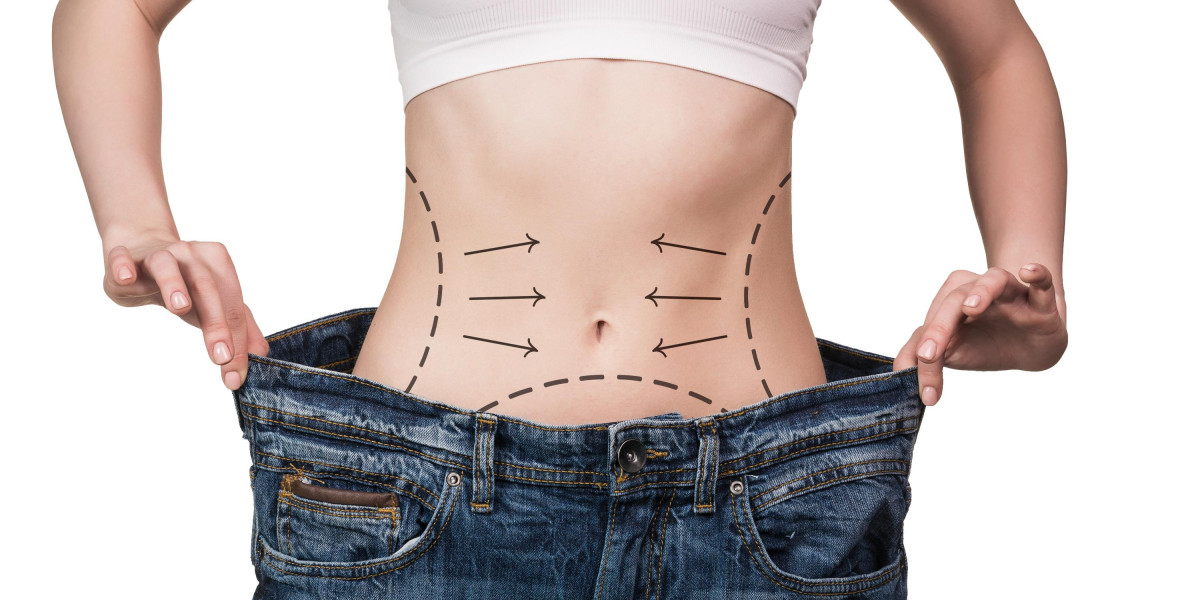A flatter, firmer abdomen can dramatically enhance your body’s appearance and self-confidence. Whether it’s post-pregnancy changes, significant weight loss, or stubborn skin and fat that won’t respond to diet and exercise, a Tummy Tuck in Islamabad offers a permanent solution. However, one of the most common questions people have before undergoing the procedure is about recovery time. How long does it take to heal? When can you return to work or exercise? What can you expect after the surgery?
This detailed guide explains the full recovery process after a tummy tuck, including timelines, care tips, and what to expect at each stage to ensure smooth and safe healing.
Understanding the Tummy Tuck Procedure
A tummy tuck, also known as abdominoplasty, is a surgical procedure designed to remove excess fat and loose skin from the abdomen while tightening the underlying muscles. This results in a smoother and more contoured midsection. The procedure is performed under general anesthesia and can take anywhere from 2 to 4 hours, depending on the extent of correction needed.
There are several types of tummy tucks, including:
Mini Tummy Tuck: Targets only the lower abdomen.
Full Tummy Tuck: Involves tightening both upper and lower abdominal muscles.
Extended Tummy Tuck: Addresses excess skin around the abdomen, hips, and flanks.
Each type comes with a slightly different recovery timeline, but the general healing stages remain similar for all.
The General Recovery Timeline
Recovery from a tummy tuck is a gradual process. Your body needs time to heal properly, and following your surgeon’s post-operative care instructions is crucial for achieving optimal results.
Here’s what you can expect week by week:
Week 1: The Initial Healing Stage
The first week after surgery is the most critical phase of recovery. You’ll likely experience swelling, bruising, and mild to moderate discomfort. Your surgeon will prescribe pain medication to help manage this.
You will also have surgical drains to remove excess fluid from the surgical site — these are usually removed within 5–7 days. You’ll need to wear a compression garment around your abdomen to minimize swelling and support healing.
Key Tips for Week 1:
Rest as much as possible and avoid any strenuous movement.
Keep your upper body slightly elevated while resting to reduce tension on the incision.
Walk slowly around your home to promote blood circulation and reduce clot risk.
Follow your surgeon’s wound care and drain maintenance instructions carefully.
Week 2: Reduced Swelling and Improved Mobility
By the second week, most patients start feeling more comfortable. The swelling begins to subside, and you may notice improved mobility. However, you’ll still need to avoid bending, lifting, or intense physical activity.
Some patients may still feel tightness in their abdominal muscles, but this is normal and will ease gradually. If you have stitches that need removal, this will typically be done during your follow-up appointment.
Key Tips for Week 2:
Continue wearing your compression garment at all times.
Avoid driving until you’re no longer taking pain medications.
Take light walks daily to help your body recover.
Keep your incision clean and dry.
Weeks 3–4: Returning to Routine Activities
Around the third or fourth week, many patients start returning to light daily tasks or even desk jobs. The swelling and bruising will continue to decrease, and you’ll start seeing an improved abdominal contour.
However, you should still avoid high-impact activities like running, heavy lifting, or core exercises. The abdominal muscles are still healing, and premature strain can slow recovery or affect results.
Key Tips for Weeks 3–4:
You may resume driving and light work if your surgeon approves.
Continue to wear your compression garment (most patients wear it for 4–6 weeks).
Focus on eating nutritious foods and staying hydrated to promote healing.
Avoid alcohol and smoking, as they can interfere with tissue recovery.
Weeks 5–6: Transitioning Toward Normalcy
By this stage, most of the swelling and discomfort will have subsided. You’ll begin to see your final abdominal shape emerging. Some tightness or numbness around the incision may still persist, but that’s part of normal nerve recovery.
Many patients can resume mild exercise routines, such as walking, yoga, or cycling, depending on the surgeon’s advice.
Key Tips for Weeks 5–6:
Gradually reintroduce light exercises (avoid direct abdominal workouts).
Continue protecting your incision area from sun exposure.
Maintain good posture to avoid putting strain on healing muscles.
Weeks 7–12: Seeing the Final Results
By the third month, most patients feel completely healed. Swelling is minimal, scars begin to fade, and the abdominal area looks much flatter and firmer. You can resume all normal activities, including more intense workouts, as long as your surgeon gives clearance.
The incision scars will continue to improve and lighten in color over the next 6–12 months with proper care. Using silicone-based scar gels or sheets may help minimize their appearance.
Key Tips for Weeks 7–12:
Resume full exercise routines, including core strengthening.
Follow a balanced diet and active lifestyle to maintain results.
Keep monitoring your healing and attend all follow-up appointments.
Factors That Affect Recovery Time
Recovery duration varies from person to person. Several factors can influence how quickly you heal:
Type of Tummy Tuck: A full or extended tummy tuck typically requires a longer recovery compared to a mini tummy tuck.
Overall Health: Non-smokers and those in good physical health tend to recover faster.
Age: Younger patients may experience quicker healing due to better skin elasticity and cell regeneration.
Lifestyle: A healthy diet, hydration, and regular movement (after approval) help accelerate recovery.
Post-Surgery Care: Following your surgeon’s guidelines is crucial to avoid complications and ensure optimal results.
Tips for a Smooth Recovery
To make your tummy tuck recovery as smooth and comfortable as possible, keep these essential tips in mind:
Follow Instructions: Always adhere to the post-surgical care plan provided by your surgeon.
Rest Adequately: Give your body time to heal and avoid rushing back into physical activity.
Wear Compression Garments: These help reduce swelling and support your abdominal tissues as they heal.
Stay Hydrated: Drinking plenty of water promotes faster recovery.
Eat a Balanced Diet: Focus on protein, vitamins, and minerals to aid tissue repair.
Avoid Smoking and Alcohol: Both can slow down healing and increase the risk of complications.
When to Contact Your Surgeon
Although complications are rare, you should immediately contact your surgeon if you experience:
Excessive swelling, redness, or warmth around the incision
Unusual drainage or bleeding
Fever or chills
Shortness of breath or severe pain
Prompt medical attention ensures quick management of any potential issue.
Final Results and Long-Term Care
While you’ll start noticing visible improvements within a few weeks, your final tummy tuck results can take up to 6–12 months to fully appear. During this period, your body will continue to adjust, scars will fade, and your abdomen will settle into its new, contoured shape.
Maintaining a stable weight and following a healthy lifestyle is crucial for preserving the results long-term.
Conclusion
The recovery time for a tummy tuck varies, but most patients can expect to return to normal activities within six weeks and see their final results within a few months. By following your surgeon’s instructions, taking care of your body, and giving yourself adequate time to heal, you can achieve long-lasting, beautiful results.
If you’re considering a Tummy Tuck in Islamabad, consult with the experienced surgeons at Dynamic Aesthetic Clinic. Their team of skilled professionals provides personalized care, advanced surgical techniques, and comprehensive aftercare plans to ensure a smooth recovery and stunning results.



